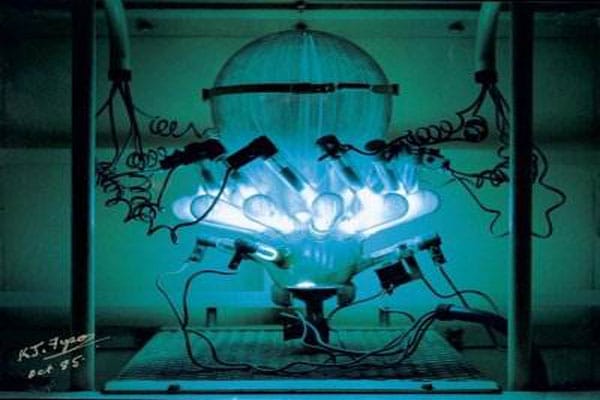The human race with its technological innovation has come from the stone age to this digital age. The use of electricity is way older than the modern electronics. The electrical genius Tesla gave us the gift of alternating current. But then, when was the direct current first produced through a rectifier? What is the process to convert alternating current (AC) to direct current (DC) in the absence of semiconductor diodes?
The first concept of electricity linked all the power to Direct Current (DC). In the early days, the primary uses of electrical power were lights and motors most of which run on both AC and DC. For all applications that required DC, like the London Underground and the New York Subway dedicated DC power plants were constructed.
When electric utilities became well-established, the grid power transfer systems became more widespread. There was a need to run all devices on grid electricity instead of dedicated DC generators. Thus, the necessity of a rectifier to convert AC to DC sparked. The required rectifier had to have the capability to withstand thousands of amperes.
Source: The Melting Thought
The need gave rise to vacuum tube rectifier, metal rectifier, and mercury arc rectifier.
The vacuum tube diode consists of an incandescent light bulb with an additional electrode or plate inside. When the bulb’s filament is heated white-hot, electrons come off its surface and into the vacuum. If the plate is made more positive than the hot filament, then a direct current flows through the vacuum.
A metal rectifier is semiconductor rectifier from the early days of semiconductor devices. The semiconductor in such a rectifier is Copper oxide or Selenium. Devices, such as radios and battery chargers, used these semiconductor rectifiers.
The very cool glowing electrical device, the mercury arc rectifier was most commonly used. It was a glass vacuum tube with a liquid mercury cathode, some anodes, and a massive condensation dome to cool the evaporated mercury. The mercury arc rectifier was used in the conventional radios and televisions of that time.
Another one, not the most commonly used was the electromechanical synchronous high-voltage bridge rectifier. It was found in some very early X-ray machines.
Do you know some other uses of rectifiers? Comment below!

